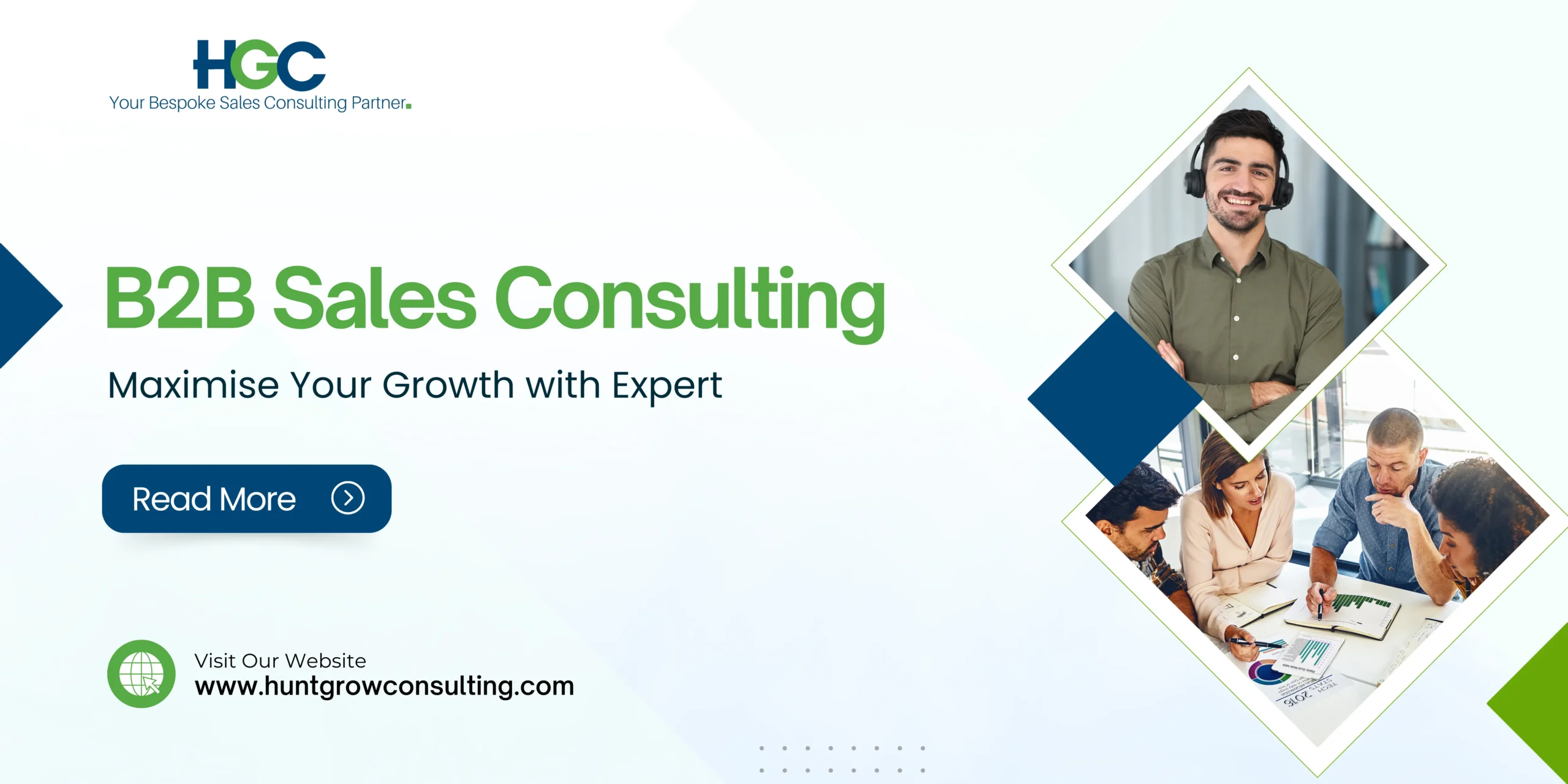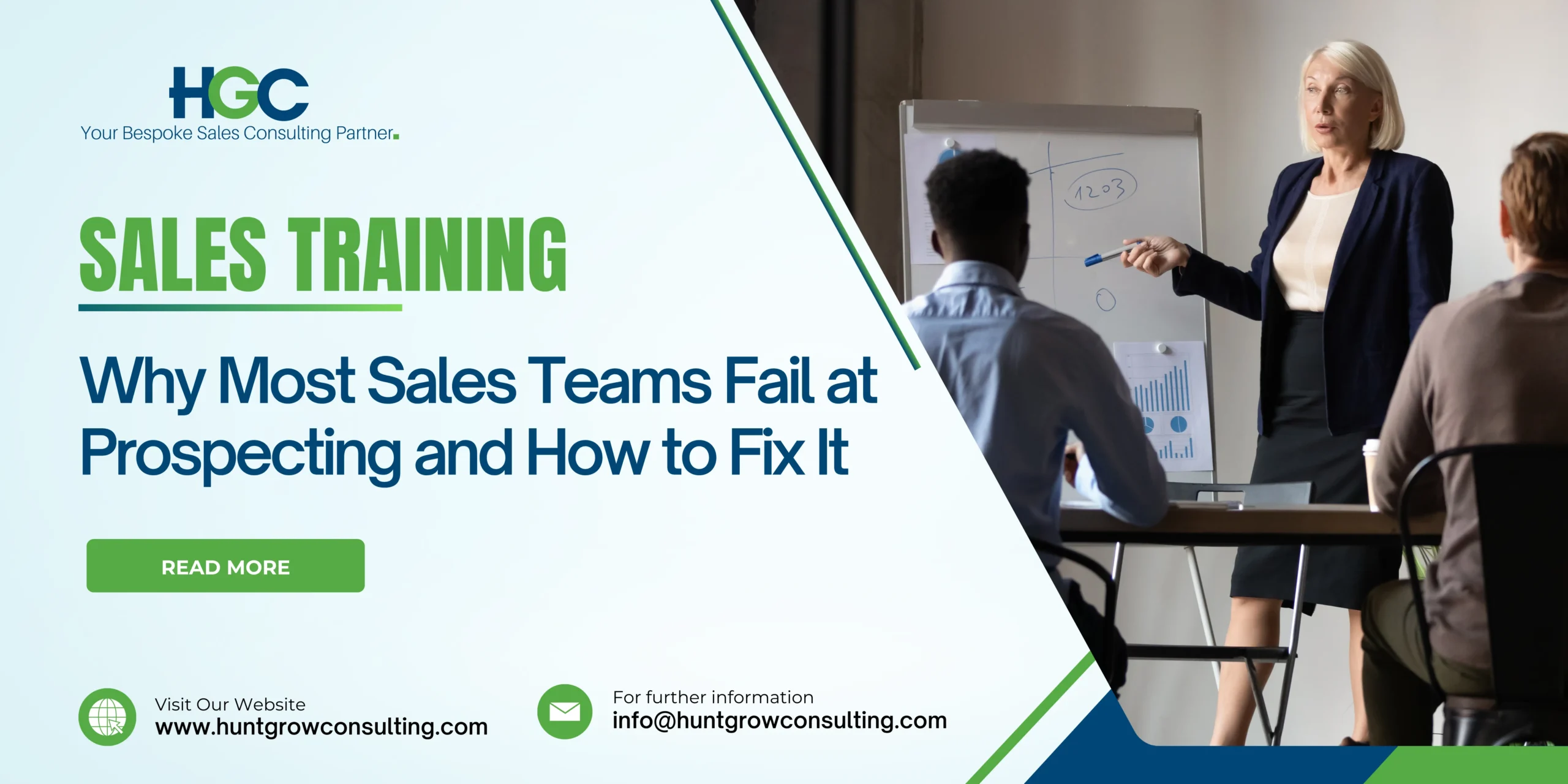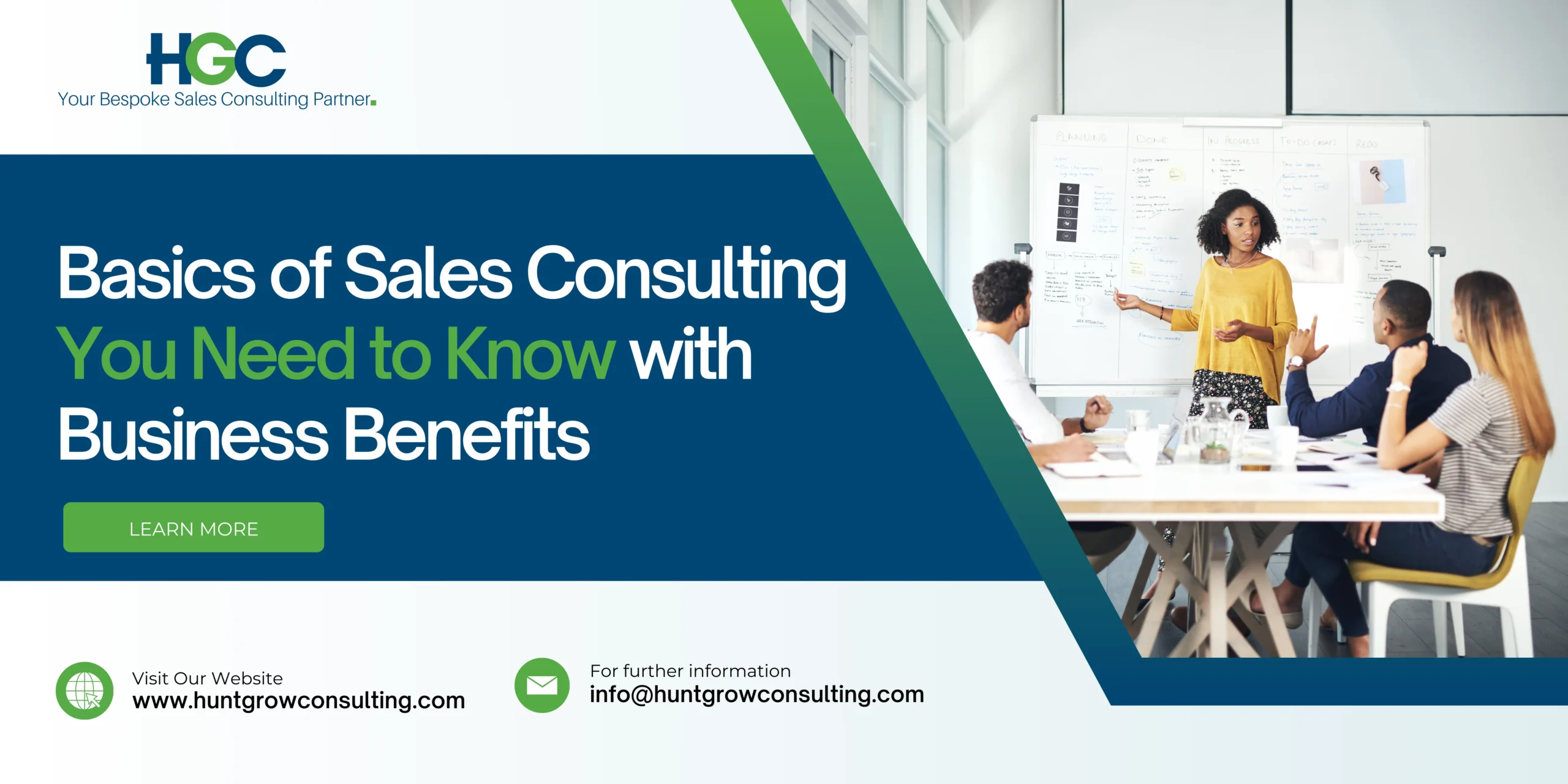Are you tired of prospects slipping through the cracks and leaving your sales funnel? Do you dream of a streamlined sales process that consistently generates revenue? Look no further! In this article, we will reveal how to unlock the sales potential of your business through effective sales funnel planning.
A well-optimized sales funnel is the backbone of a successful sales strategy. It guides potential customers through a journey from awareness to purchase, ensuring a seamless and persuasive experience. By carefully analyzing each stage of the funnel and implementing strategic improvements, you can maximize conversion rates and boost your bottom line.
This guide will outline essential steps to optimize your sales funnel planning. From attracting and qualifying leads to nurturing them and ultimately closing the deal, we will provide practical tips and actionable strategies to enhance the efficiency of your sales process. Whether you’re a small business owner or a seasoned sales professional, these insights will help you take your sales game to the next level.
Don’t let potential sales slip away. Unlock your sales potential today by optimizing your sales funnel planning. Let’s get started!
Understanding the Sales Funnel
The first step in optimizing your sales funnel planning is to understand the concept of a sales funnel. A sales funnel is a visual representation of the customer journey, from the moment they become aware of your brand to the point of making a purchase. It consists of several stages, each with its own unique goals and strategies.
The top of the funnel represents the awareness stage, where potential customers are just discovering your brand. At this stage, your goal is to attract as many relevant leads as possible and make them aware of your products or services. This can be done through various marketing channels, such as social media, content marketing, and paid advertising.
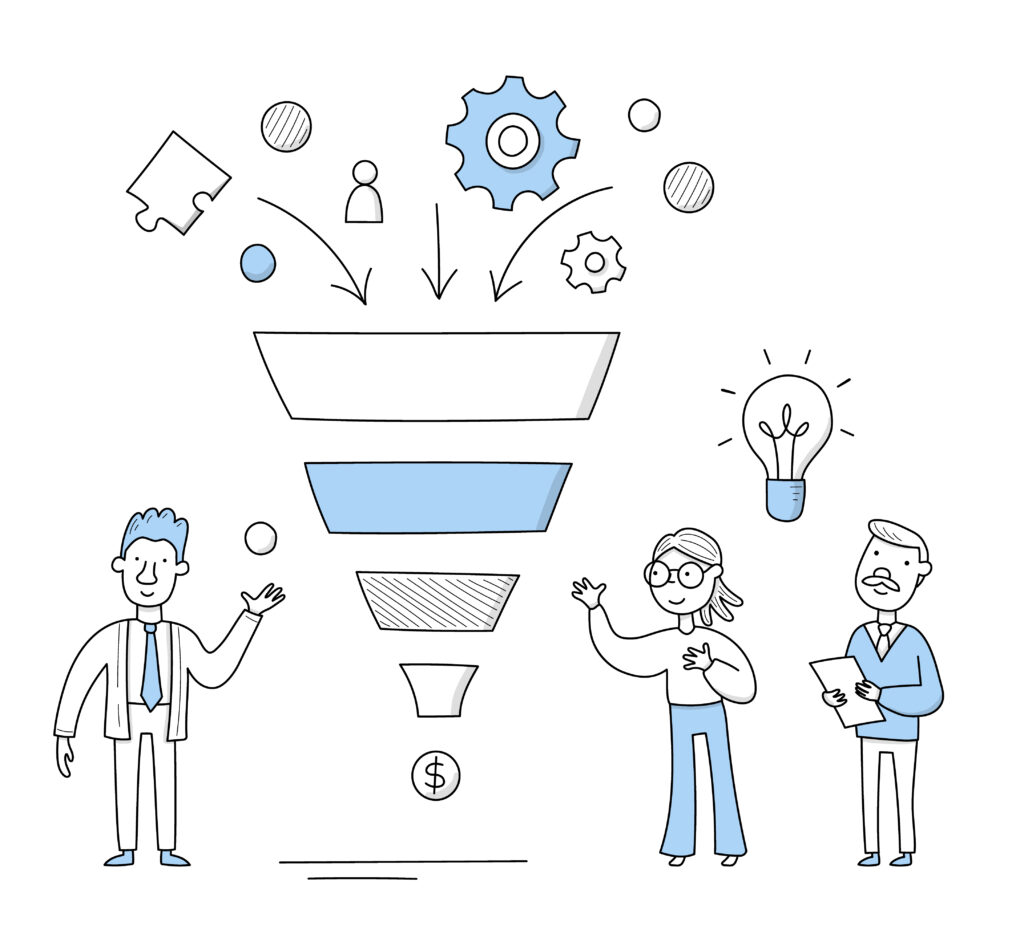
Moving down the funnel, you reach the consideration stage. Here, your leads have shown interest in your offerings and are actively evaluating their options. Your goal at this stage is to provide them with valuable information, answer their questions, and convince them that your product or service is the best solution for their needs.
Finally, at the bottom of the funnel, you have the conversion stage. This is where leads become customers by making a purchase. Your goal here is to remove any barriers to purchase, provide a seamless buying experience, and incentivize the decision to buy.
By understanding the different stages of the sales funnel and the goals associated with each, you can start optimizing your sales funnel planning to drive better results.
Importance of Sales Funnel Planning
Now that you have a basic understanding of the sales funnel, let’s delve into why sales funnel planning is crucial for your business. Effective sales funnel planning allows you to:
Identify areas for improvement: By mapping out your sales funnel, you can identify any bottlenecks or gaps in your current process. This enables you to pinpoint areas that need improvement and develop targeted strategies to address them.
Maximize conversion rates: By optimizing each stage of the sales funnel, you can increase the likelihood of converting leads into customers. A well-planned and executed sales funnel ensures that potential customers receive the right information at the right time, increasing their confidence in making a purchase.
Streamline your sales process: Sales funnel planning helps you streamline your sales process by providing a clear roadmap for both your sales team and your potential customers. This eliminates confusion and ensures a smooth and efficient journey from awareness to purchase.
Improve customer retention: A well-optimized sales funnel not only focuses on acquiring new customers but also on retaining and upselling to existing ones. By nurturing your existing customer base and providing them with ongoing value, you can increase customer loyalty and encourage repeat purchases.
Drive revenue growth: Ultimately, the goal of sales funnel planning is to drive revenue growth. By optimizing your sales funnel, you can increase the number of leads that convert into customers and maximize the lifetime value of each customer. This translates into increased revenue and business growth.
Now that you understand the importance of sales funnel planning, let’s explore the key stages of the sales funnel and how to optimize each one.
Key Stages of the Sales Funnel
The sales funnel consists of several key stages, each requiring a different approach and set of strategies. Let’s take a closer look at each stage and how you can optimize your sales funnel planning to maximize results.
Identifying Your Target Audience
Before you can effectively optimize your sales funnel, you need to have a deep understanding of your target audience. Who are they? What are their pain points? What motivates them to make a purchase? By answering these questions, you can create targeted messages and offers that resonate with your ideal customers.

Start by conducting market research and analyzing your existing customer data. Look for patterns and trends that can help you identify common characteristics among your customers. This will allow you to create detailed buyer personas that represent your target audience.
Once you have a clear picture of your target audience, you can tailor your marketing messages and strategies to address their specific needs and preferences. This will attract more qualified leads to your sales funnel and increase your chances of conversion.
Creating Awareness and Generating Leads
The first stage of the sales funnel is all about creating awareness and generating leads. Your goal here is to attract the attention of your target audience and capture their contact information, such as email addresses or phone numbers.
To create awareness, leverage various marketing channels such as social media, content marketing, search engine optimization (SEO), and paid advertising. Develop a comprehensive marketing strategy that includes a mix of organic and paid tactics to reach a wider audience.
Once you have captured the attention of your target audience, it’s important to provide them with valuable content and incentives in exchange for their contact information. This can be in the form of e-books, whitepapers, webinars, or exclusive offers. By offering something of value, you increase the likelihood of converting visitors into leads.
Nurturing Leads Through the Consideration Stage
Once you have captured leads, the next stage of the sales funnel is to nurture them through the consideration stage. At this point, your leads have shown interest in your offerings and are actively evaluating their options. Your goal here is to provide them with the information and resources they need to make an informed decision.
One effective way to nurture leads is through email marketing. Create a series of automated emails that provide valuable content, address common concerns, and showcase the benefits of your product or service. Personalize these emails based on the interests and behaviors of your leads to increase engagement and conversions.
In addition to email marketing, consider implementing other lead nurturing tactics such as retargeting ads, personalized landing pages, and live chat support. The key is to stay top-of-mind and provide ongoing value to your leads as they move closer to making a purchase decision.
Converting Leads Into Customers
The ultimate goal of your sales funnel is to convert leads into customers. This is where all your efforts in attracting and nurturing leads pay off. To optimize this stage of the funnel, focus on removing any barriers to purchase and providing a seamless buying experience.
Ensure that your website and checkout process are user-friendly and intuitive. Simplify the steps required to complete a purchase and offer multiple payment options to cater to different preferences. Implement trust signals such as customer testimonials, security badges, and guarantees to instill confidence in your potential customers.
Consider implementing a lead scoring system to prioritize and qualify leads based on their level of engagement and readiness to purchase. This will allow your sales team to focus their efforts on leads that are most likely to convert, increasing efficiency and conversion rates.
Retaining and Upselling to Existing Customers
Once a lead becomes a customer, your job is not done. To maximize the lifetime value of each customer, it’s important to focus on customer retention and upselling. This involves providing ongoing support, delivering exceptional customer service, and offering additional products or services that complement their initial purchase.
Implement customer retention strategies such as loyalty programs, personalized offers, and regular communication to keep your customers engaged and loyal. Provide opportunities for feedback and address any concerns or issues promptly to maintain a positive relationship with your customers.
Identify upselling opportunities by analyzing customer behavior and purchase history. Offer relevant upsell options that add value to their existing purchase and align with their needs and preferences. By upselling to existing customers, you can increase their average order value and overall lifetime value.
Analyzing and Optimizing Your Sales Funnel
To ensure continuous improvement, it’s essential to regularly analyze and optimize your sales funnel. Use analytics tools to track key metrics such as conversion rates, customer acquisition costs, and customer lifetime value. Identify areas of improvement and test different strategies to optimize your results.
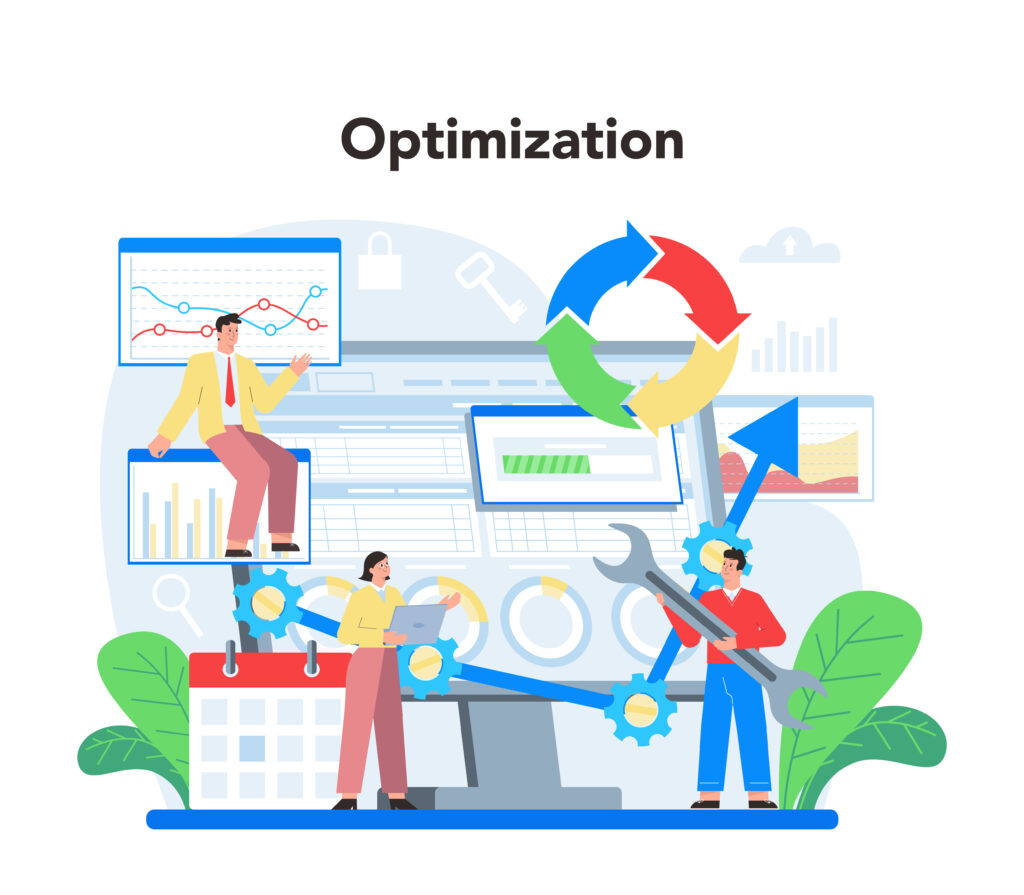
A/B test different elements of your sales funnel, such as landing pages, email subject lines, and call-to-action buttons, to see which variations perform best. Use the data from these tests to make data-driven decisions and refine your sales funnel for better results.
Regularly review your buyer personas and update them based on new insights or changes in your target audience. This will help you stay relevant and ensure that your messaging and strategies align with your ideal customers.
Conclusion
Optimizing your sales funnel planning is the key to unlocking the sales potential of your business. By understanding the stages of the sales funnel, identifying your target audience, and implementing effective strategies at each stage, you can maximize conversion rates, increase customer retention, and drive revenue growth.
Remember, sales funnel optimization is an ongoing process. Continuously analyze your results, test new strategies, and adapt to the changing needs and preferences of your target audience.
With a well-optimized sales funnel in place, you’ll be well-positioned to take your sales game to the next level and achieve sustainable business growth. Unlock your sales potential today.


